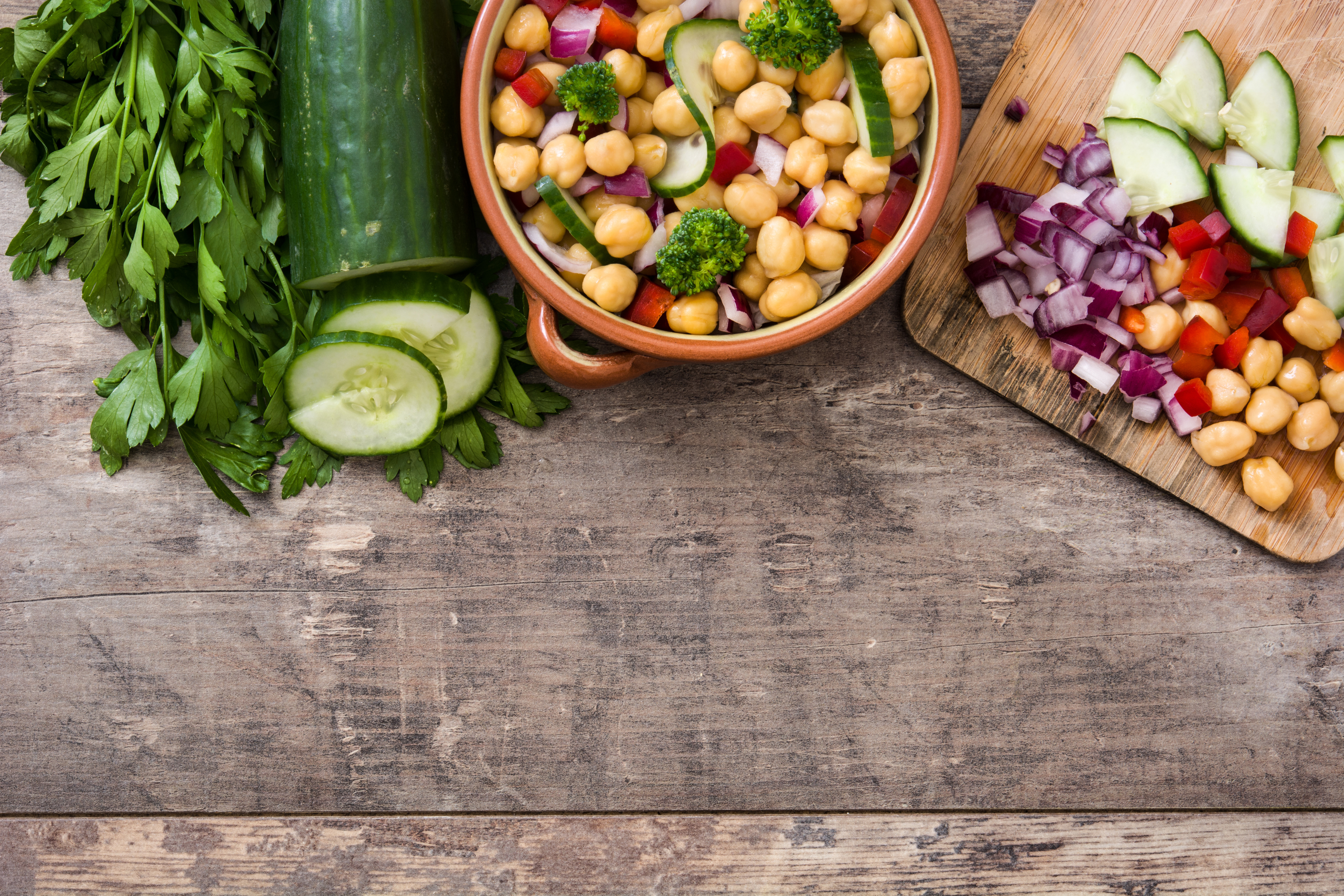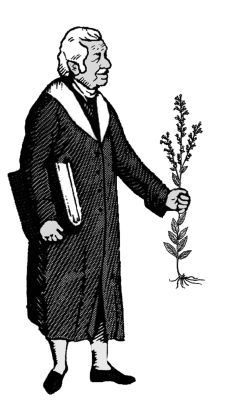Herbs for the Skin
Published: Wed, 08/16/17
August 16, 2017
Herbs for the Skin Jo Francks, M.H.
Our skin is the largest organ of the body. It is often referred to as the third kidney. It is a channel of elimination and also a channel of absorption. The skin absorbs what is applied to it which is why it is so important to be aware of what types of products you are using on your skin and the ingredients that are in those products. Chemicals are absorbed by the skin and are moved through the bloodstream to all the organs of the body. Our skin is the first line of defense and provides
protection to our internal organs. The health of our skin is an indicator or the health of the rest of the body.
All through history there have been many natural botanicals used to promote the health of the skin. Here is a small list of some of the herbs I like to use in skin care products.
Aloe – This is my number one plant for burns. I like to apply the fresh cut leaf to a burn because it is soothing and healing. It has cell proliferant properties and is antiseptic.
Calendula – This is my number one herb for all skin conditions. It relieves pain and itching, prevents infection, and promotes healing. It is used for insect bites and stings, cuts, bruises, and burns.
Comfrey – Historically this herb is the healer of healers. It has nick names of knit bone, and people putty. It’s used for broken bones, wounds,  burns, and skin problems of all types. This herb helps put people back together. It is full of nutrition and is one of the few plant sources of vitamin B12.
burns, and skin problems of all types. This herb helps put people back together. It is full of nutrition and is one of the few plant sources of vitamin B12.
Plantain – This is my go to herb for bee stings. Pick a fresh leaf or two, chew it up a little and apply it directly over a bee sting. Secure it with a bandage. The plantain takes the pain away very quickly and draws the venom out of the sting. It will also draw toxins and poisons out of any wound and prevent blood poisoning and promote healing.
Chamomile – This is a soothing herb and is antibacterial. It is very good for blemished skin and helps promote a clear complexion. It is used both internally and externally as a tea and a wash for the skin.
Slippery elm – This is the herb I will use as a poultice and will often combine it with other herbs that have the properties needed for a particular issue. I have often combined slippery elm with dried plantain when the fresh wasn’t available for a drawing poultice. Slippery elm is a powerful contact healer. It will heal anything it comes in contact with.
Skin brushing – Dr. Christopher recommended skin brushing to move lymph, to improve circulation, and to remove dead skin cells from the surface of the skin. Use a dry brush with natural bristles on dry skin before you bathe or shower. Start with the soles of the feet moving up the legs then to the hands, arms and body. Brush towards the heart with gentle pressure.
Nutrition – Healthy skin begins within. Eating a healthy diet of lots of fresh fruits and vegetables and making sure you are eliminating properly will do a lot to improve the health of the skin.
Hydration – When a piece of fruit is left out over time what happens? The moisture evaporates and the skin begins to wrinkle. The same thing can happen to our skin if we don’t keep it hydrated by drinking plenty of pure water.
The health of our skin reveals the health of our body. These are some of my favorite herbs to promote healthy skin. I hope you have some favorites that you use and are learning about the many plants and roots that can promote healing.
Jo Francks is a Master Herbalist graduate of The School of Natural Healing. She is also a Holistic Iridologist and Quantum Touch Practitioner.
Printable Version: http://herballegacy.com

Christopher Publications is creating a new recipe book!
If you would like to submit a recipe to be included with this book you can submit it to [email protected]
All recipes must be in accordance with Dr. Christopher's Mucusless Diet to be considered for inclusion
A Healthier You Radio show is transitioning to a new format. We are doing some research on what time of day would be most convenient for our listeners. Please fill out this form to let us know when you would like to hear our live show!
David Christopher is now on Twitter!
You can follow David @DChristopherMH

Comfrey Gel
Fill a blender jar with fresh comfrey leaves.
Add about a cup of water. You don’t want to add too much water so start with less.
Turn on the blender. Blend on high until the mixture forms a gel. You may need to add a little more water. It should be the consistency of pudding.
Use this as a poultice for broken bones, sprains, burns, wounds etc.
It can be frozen for later use. Spread out on a piece of wax paper, top with wax paper, add more layers and freeze in a zipper bag. You have several poultices to use when needed.
This is an old folk recipe that has been passed along among herbalists.
Printable Version: http://herballegacy.com
Herbal Resource Links
- Herbal Legacy - http://www.herballegacy.com - Our free information website
- The School of Natural Healing - http://www.snh.cc - Quality Education since 1953
- Christopher Publications - http://www.christopherpublications.com - Dr. Christopher's books and more
- Christopher Websites - http://www.christopherwebsites.com - Find all Christopher websites and other great resources
- A Healthier You Radio Show - http://www.ahealthieryouradio.com - Free weekly radio show
The School of Natural Healing: http://www.snh.cc
Christopher Publications: http://www.christopherpublications.com
NOTICE: All information in this newsletter is given out as information only and is not intended to diagnose or prescribe. For our official Disclaimer, Biological Individuality, Important Notice & Terms of Use please see: http://www.herballegacy.com/Disclaimer.html
This newsletter is sent by permission only - you can unsubscribe quickly and easily by clicking the link below.
.

